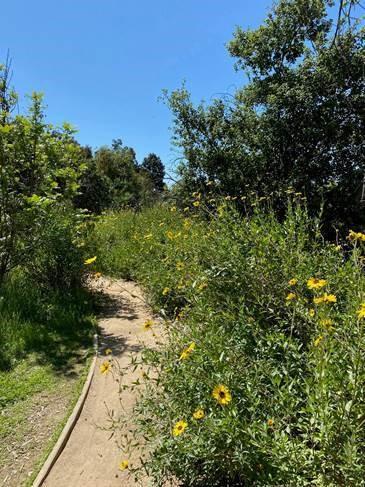
The Audubon Center at Debs Park is currently closed through at least April 30th. All Debs Park hiking trails are also closed to the public until further notice, due to the mandatory citywide park closure order. We will continue to keep everyone posted in regards to the status of the Center and surrounding trails as we receive further direction from the relevant authorities, as well as the National Audubon Society. During the Center closure we will not be offering any in-person programming or events, however staff have been working hard from home to create fun and family-friendly educational activities for our social media audience, so please consider following us if you are not already doing so!
Staff have been checking in on the Center and the nursery regularly (while maintaining social distancing) and we are happy to report that the park itself is currently thriving, blossoming, and full of life. Pictured above is Blue Eyed Grass in the Center courtyard, Bush Sunflower along the driveway trail, and a water lily in the Center pond. Although the park is no longer accessible, we hope that everyone is still able to enjoy nature in some capacity during this time - whether it be in your backyard or on a walk around the neighborhood. We especially recommend backyard birding as a great way to pass the time outdoors. It’s times like this when it is especially important to remember the ways in which nature can serve to connect, heal, and ground us.
Please don’t hesitate to reach out with any questions, comments, concerns, or thoughts as we all continue to navigate these uncertain times the best that we can.

One of the most important foundation species of the coastal sage scrub community is the California sagebrush. The California sagebrush, Artemisia californica, is a highly aromatic native shrub that belongs to the asteraceae family- that’s right the sunflower family. It doesn’t exhibit bright flowers like most plants in this family, but if you look closely, you will find small white flowers on the top of each stalk. This native plant is also one of the most drought-tolerant that can withstand thriving with no water in the California summer months. This plant is earned the nickname “cowboy cologne” because it is told that cowboys from the wild west used this plant as a natural deodorant to freshen up. The cowboys were not the only ones the used it however. Our local indigenous Tongva community also uses this native shrub for its amazing medicinal properties. This plant was brewed in teas for respiratory sickness, and gynecological aide for menopause, menstrual cramps and child labor pain. Amidst all the social distancing, be on the lookout for this plant around your neighborhood!
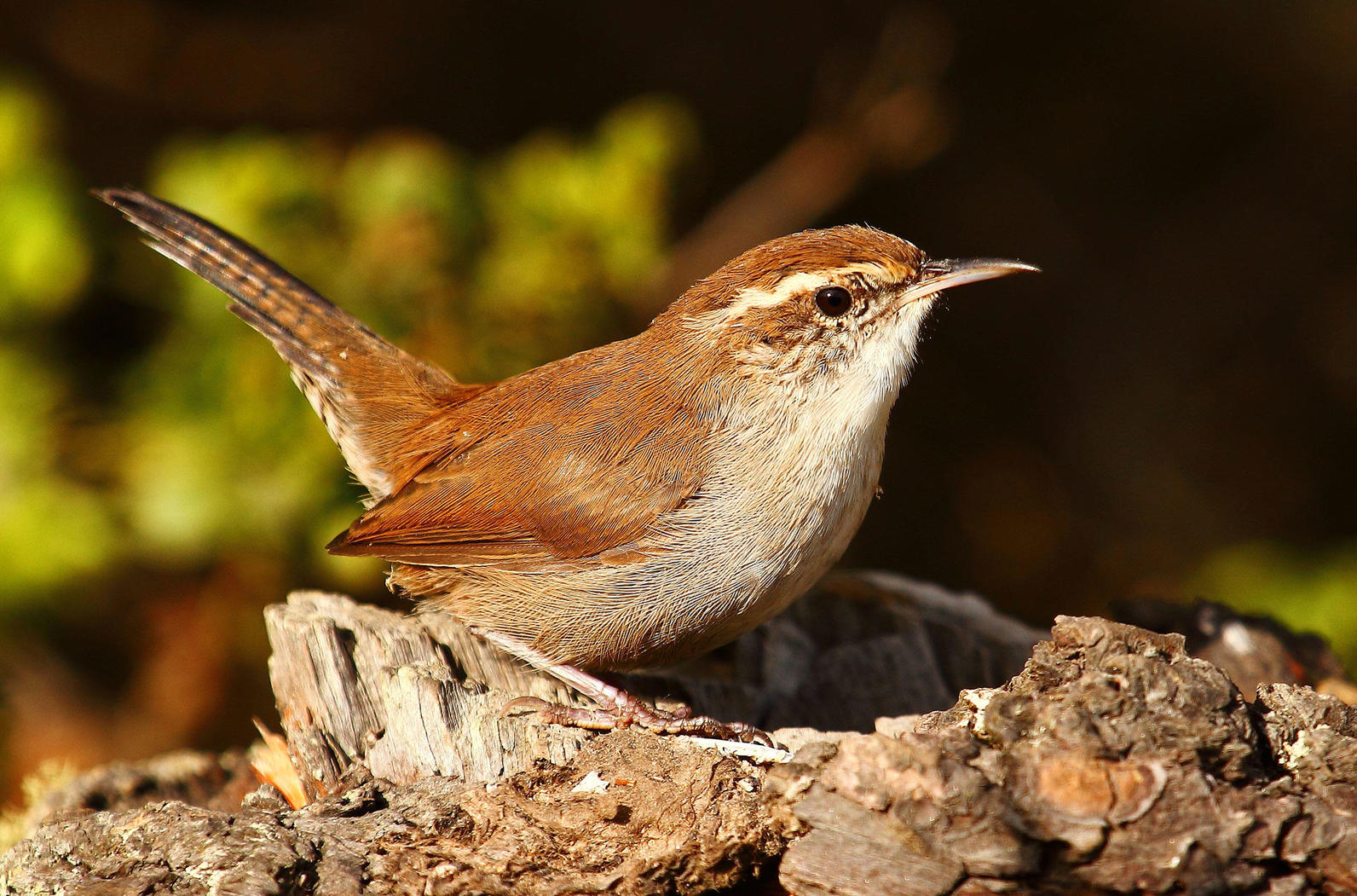
One of our most common birds at Debs Park is our little Bewick’s Wrens. Although very small, these little ones are full of energy and a lot of noise. Very similar to the House Wren, however these little ones have a super prominent white eye brow or supercilium. Their diet mostly consists of insects and you will constantly find these wrens hopping from plant to plant, ground to plant, turning leaves over, climbing on trunks, or looking through crevices. They are extremely active birds! Like their foraging behavior, their songs are also very active, versatile, and can differ quite immensely based on geographic region. To catch a glimpse of wrens it is best to learn it’s song and track it by sound since they are so small. Come check us out at our park and catch a view of the Bewick’s Wren!
You can find nature all over your neighborhood. Nature Journals make it easy to keep track of what you’ve seen on your walks, bike rides, and hikes! Check out this video to see how to make your very own Nature Journal at home!
Get creative and make your journal unique!
YOU'LL NEED:
Make your own and show us what you've seen on your nature walks!
How do you fill out your nature journal? Check out the guide below to see how best to log information from your nature walks:

At the Center, we get a lot of questions about our super active hummingbirds! This hummingbird solution gives our hummers the boost they need to get through the day! Shout out to our volunteer Marshall who keeps our feeders clean and full for our hummers
Debunking some common hummingbird feeder myths:
Happy birding!
Backyard Birding: Maintaining your Hummingbird Feeders
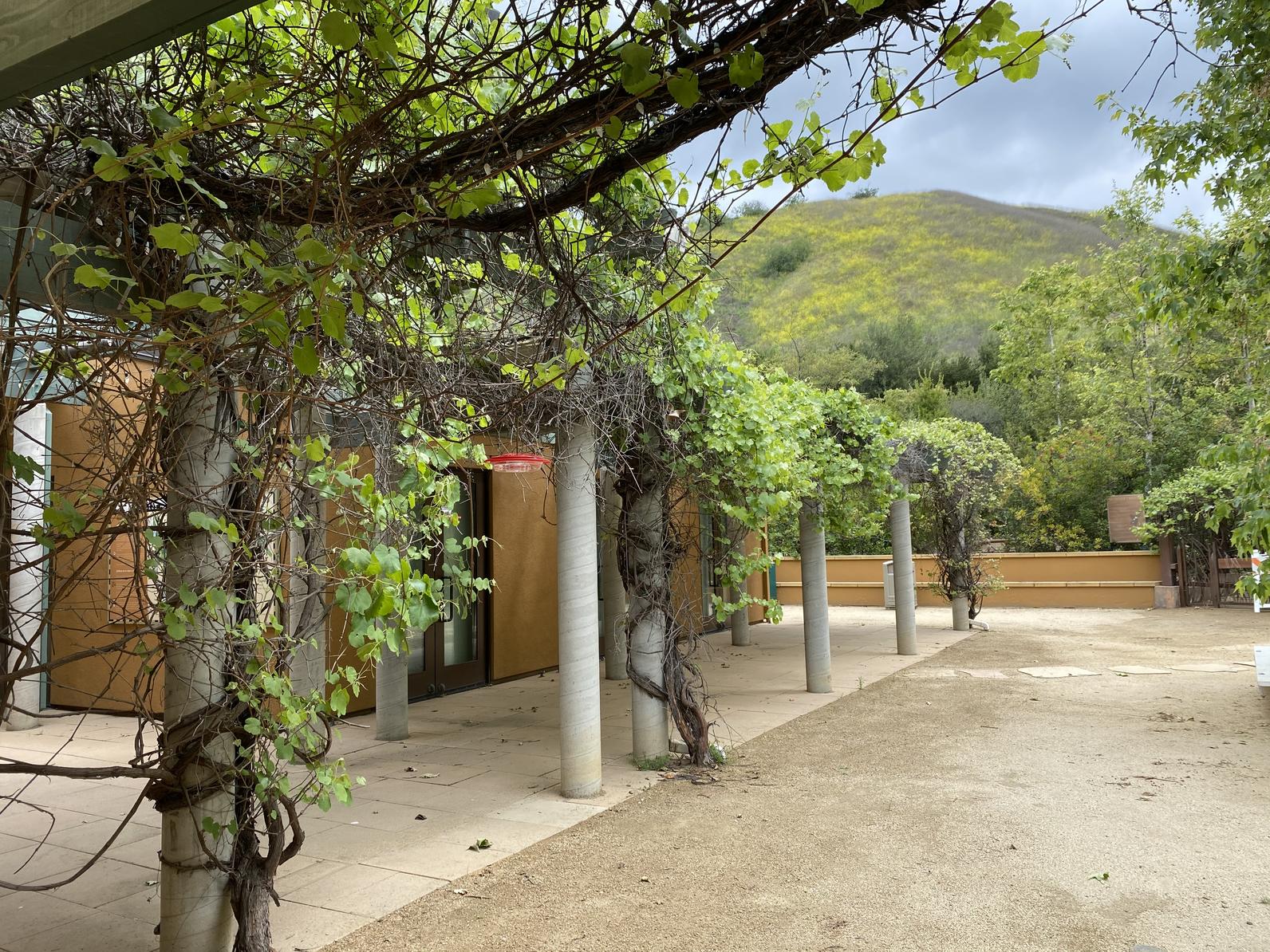
Our team at the Audubon Center at Debs Park continues monitoring the situation surrounding coronavirus (COVID-19) in Los Angeles County. In the spirit of being good community members, the Audubon Center at Debs Park is taking steps to limit the spread of coronavirus (COVID-19) across the communities we serve.
The Audubon Center at Debs Park will be CLOSED to the public until further notice. We will be canceling all events and programs scheduled for the foreseeable future.
We apologize for any inconvenience. If you have any questions or concerns, we encourage you to email us at debspark@audubon.org. We encourage our community to check out the Center for Disease Control’s website for more information on coronavirus (COVID-19).
We can’t wait to see you again!
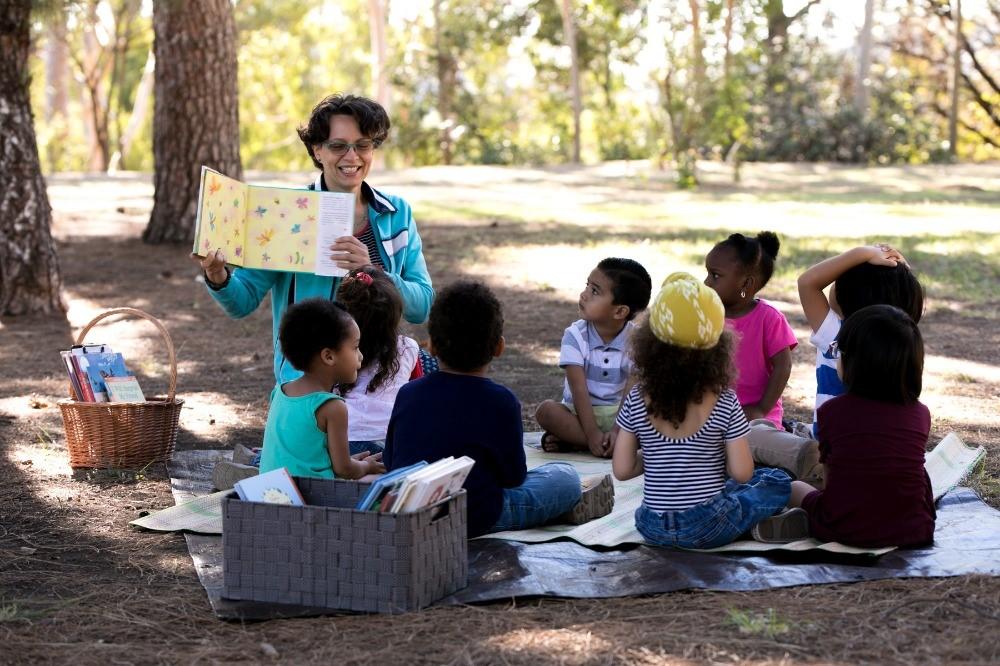
Biljana Milasin has been volunteering at the Center for over a year, supporting with Nature Arts & Crafts programming and leading additional activities aimed at connecting the community to nature through art. Biljana is passionate about experiential learning in nature and is committed to fostering a deeply rooted connection between youth and the Earth, starting from a young age. She is the Founder and Director of Nature School LA, whose mission is to provide a loving and experiential outdoor environment in which children can be themselves fully and freely. She is a strong believer in the mindset that nature is not a destination, but something we are intrinsically a part of. Biljana’s favorite thing about volunteering at the Center is exposing children to nature through crafts, and she has a deep appreciation for the space and the staff leading the programming. We are honored and grateful to have Biljana as a part of our volunteer team, and are inspired by the vibrant passion with which she approaches her work and everyday life.
Stay tuned for more Nature Arts & Crafts events coming up every other Saturday in April!
CLICK HERE For more information on Nature School LA and the awesome curriculum that they offer (a lot of which takes place at Debs Park)!
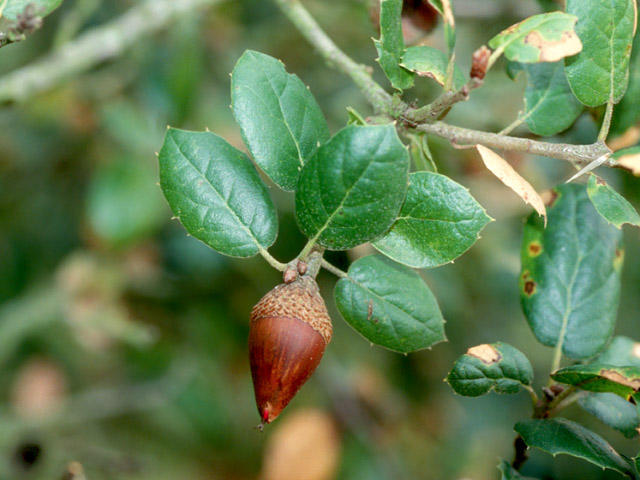
Quercus agrifolia
Coast Live Oak is one of the few native oak trees to California. This tree is a great food source and habitat for birds especially our cavity dwellers such as our woodpecker and wren species. Our hummingbirds are also huge fans of oak trees and seem to prefer them for nesting. The Coast Live Oak provide ample shade and canopy cover, and the older it gets the more creative it can get with its’ branches. Some oak trees can be over 250 years old and exceed a trunk diameter size of 4 meters! They also are staple food source and our California Scrubjays are often found carrying acorns in their beak. Aside from California Scrubjays, our local indigenous community, Tongva, makes a porridge out of the acorns. Come out to Debs Park and catch a glimpse of these magnificent trees, maybe even have a picnic under one or to one of our restoration events to plant one.
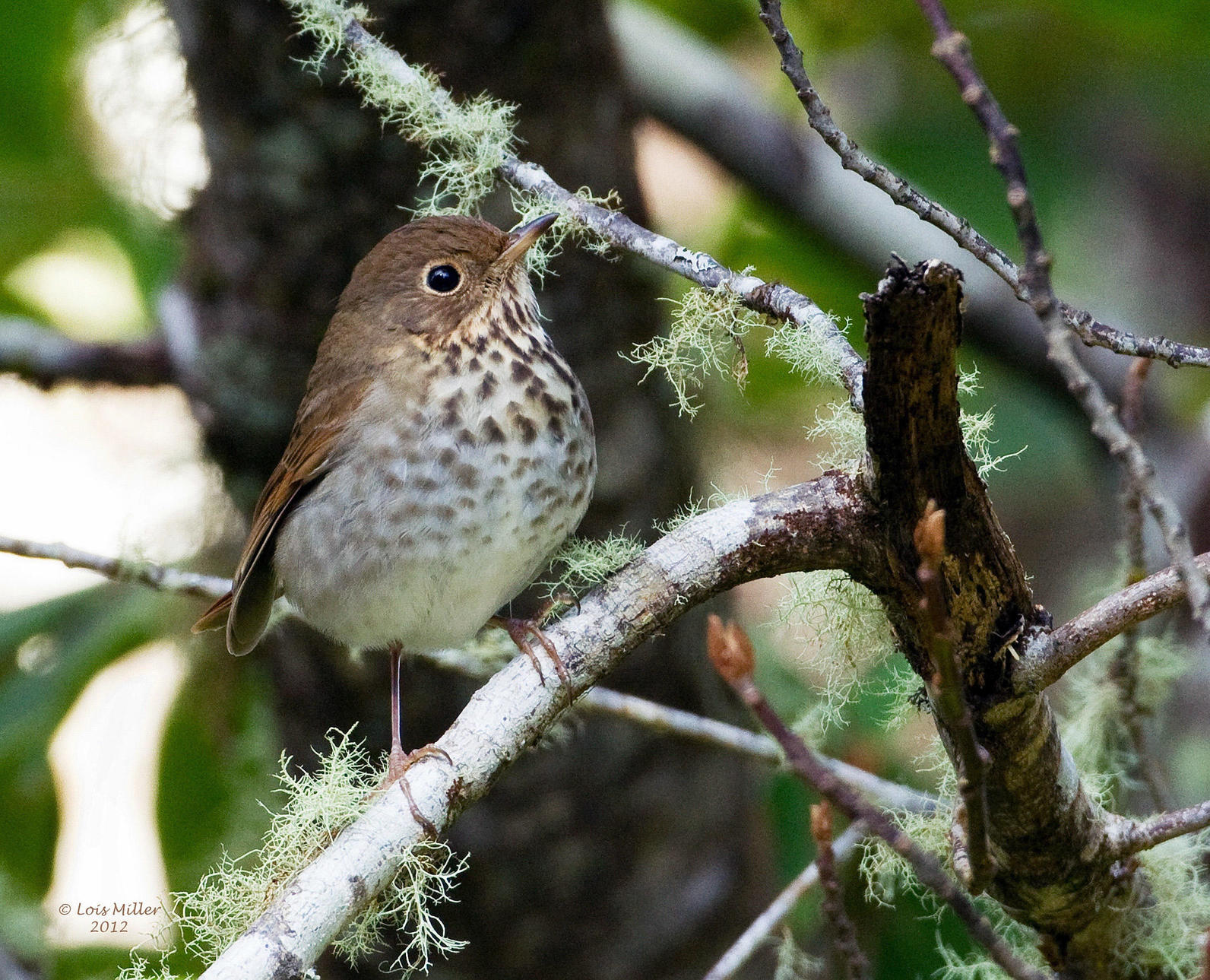
Come catch a glimpse of this little one before it leaves to its’ breeding grounds up North as far as Alaska. Hermit Thrush is one of the hardier thrushes and is only seen in Debs Park during the winter season. Hermit Thrushes do most of their foraging on the ground, picking up insects from leaf-litter or soil. These little ones are omnivores, mainly feeding on insects or berries. They can be difficult to see and are often heard instead. Their song is a series of clear, musical phrases very flute-like. For those that do catch a glimpse of them, their speckled breast is always a treat to see.
Audubon Center at Debs Park is located at 4700 Griffin Ave, Los Angeles, CA 90031
Center Hours:
Trail Hours:
You can help us continue to deliver this outstanding programming to the Los Angeles area by making a generous gift today. Thank you!